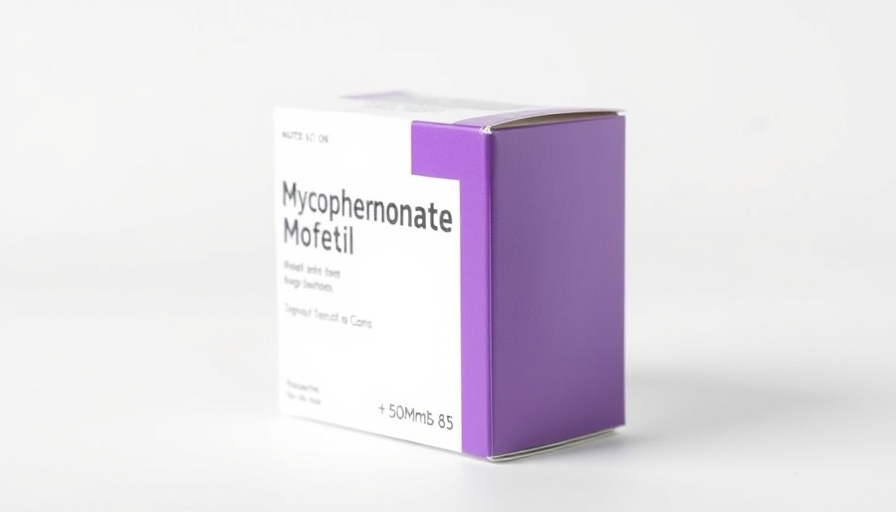
Understanding the Transition from Combo Pills to POPs
Transitioning from combination pills to progestin-only pills (POPs) is a significant adjustment for many individuals seeking effective contraceptive options. Combination pills, known for their inclusion of both estrogen and progestin, tend to be more common and boast a higher efficacy rate of approximately 99%. In contrast, POPs, made up of only progestin, offer a safer alternative for those with specific health concerns, such as blood clotting disorders or certain arterial diseases. Grasping the reasons behind this transition is essential, whether it's due to recently diagnosed medical conditions or the need for a different hormonal balance after childbirth.
1. Secure a Consistent Supply of Your Pills
The first step in ensuring a smooth transition to POPs is maintaining a stable supply. Missing a single dose of POPs can escalate the risk of unintended pregnancy, so having an ample supply is crucial. Opt for a birth control subscription service that delivers pills to your door discreetly. This method not only guarantees you won't run out of pills but also protects your privacy, ensuring that your contraceptive habits remain confidential. With some online services allowing for deliveries of three months’ worth of pills, you can plan for vacations or emergencies without a hitch.
2. Set Strict Alarms for Pill Reminders
Unlike combination pills, POPs require precise timing when taken. Setting reminders on your phone can help maintain this schedule, with some women setting multiple alarms to ensure no dose is missed. While traditional combination pills may allow for a slip-up, POPs generally come with a strict three-hour window for taking missed doses. This increased precision is vital for effective use, encouraging women to adopt a structured approach to their contraceptive regimen.
3. Brace Yourself for Menstrual Cycle Changes
Another noteworthy aspect of switching to POPs is the possibility of changes in your menstrual cycle. Women accustomed to predictable periods with combination pills may experience noticeable fluctuations in their cycles. Changes such as lighter menstrual flows, fewer cramps, and potential breakthrough bleeding can occur. While this might raise concern, it's vital to understand that these variations can also signify the effectiveness of POPs and their influence on hormonal levels.
The Emotional Landscape of Switching Birth Control
Switching contraceptive methods can invoke a mix of emotions, ranging from anxiety about the new side effects to relief from the adverse effects previously experienced. Understanding that this transition is not just physical but emotional is crucial. Being prepared for the psychological shifts associated with hormonal changes can help women navigate their feelings more effectively, giving them the tools to manage potential mood swings and discomfort.
Practical Steps for Adjusting to POPs
Adopting a practical mindset when transitioning to POPs can facilitate a smoother experience. Beyond ensuring an adequate supply and timely dosing, consider tracking your cycle using a dedicated app. Such applications can help monitor side effects, changes, and overall menstrual health, providing insights into how the body adjusts to the new hormonal landscape. Additionally, consulting with a healthcare professional regarding potential side effects or concerns can reassure those new to POPs.
Lifestyle changes, such as healthy eating, regular exercise, and stress management, can also enhance overall wellbeing during this time. Many women find that combining lifestyle improvements alongside their contraceptive switch leads to a more positive experience.
ConclusionEmbracing the change from combination pills to progestin-only pills is a significant step toward optimal reproductive health. By securing an adequate supply, setting strict reminders, preparing for cycle changes, and managing emotional responses, women can navigate this transition effectively. With these insights, women are better equipped to take control of their contraceptive decisions and ensure that they remain informed and confident in their choices.
 Add Row
Add Row  Add
Add 




Write A Comment